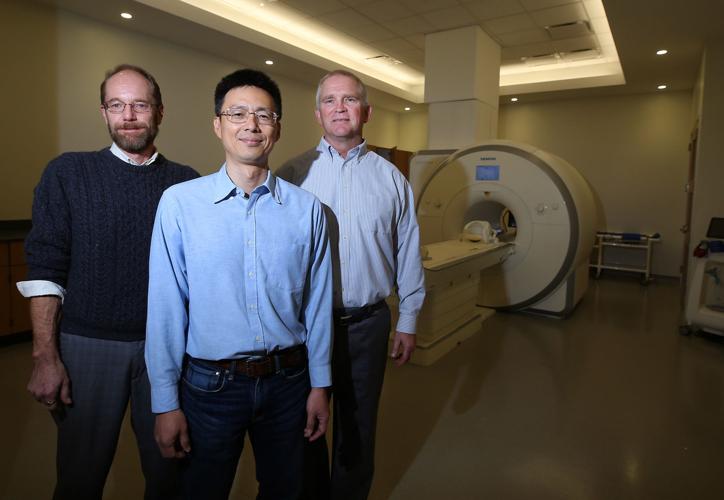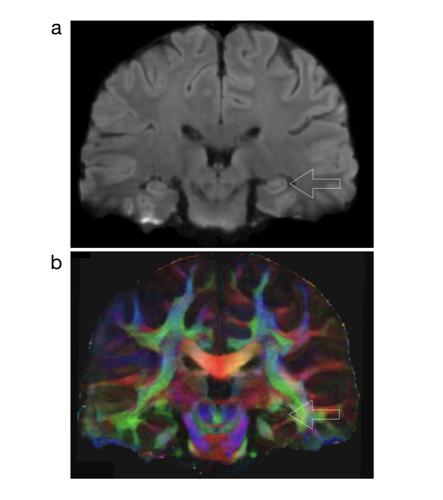University of Arizona researchers were awarded a $2.1 million federal grant to develop software for an MRI machine that can scan the body in 15 minutes, rather than one hour, possibly making the procedure more tolerable to those with Parkinson’s disease or stroke patients.
There are millions of patients in the world who cannot have an MRI scan because of the time it takes. Among those are autistic children, stroke patients, those suffering from Parkinson’s disease, seriously ill patients and claustrophobic individuals, said Nan-kuei Chen, the project’s principal investigator and an associate professor in the department of biomedical engineering.
Some patients have to be sedated or given anesthesia, which can result in serious side affects.
For patients with Parkinson’s disease, it is nearly impossible to lie still during a scan because the disease affects the nervous system. The chronic condition progressively worsens and there is no cure.
A team of 14 UA-affiliated scientists will work on the five-year project to develop software for a “faster and higher quality” magnetic resonance imaging machine, said Chen.
Now, a patient must lie perfectly still for an hour in the imaging machine. He said researchers were asked by patients, doctors and manufacturers to shorten the time of the scans.
Chen said in developing the new software for the imaging machine the team will work in bettering technologies to show what is “happening in the brain before someone with a high-risk of developing Parkinson’s begins to develop motor symptoms. We can better understand the disease by going beyond the motor movement of the brain.”
“This is a very exciting project,” said Chen, explaining that evaluation of the new technologies will be done only on Parkinson’s disease patients in the third through fifth years of the project.
However, the technologies are expected to benefit patients with other neurological conditions such as Alzheimer’s, cerebral palsy, a stroke and autism. Further funding would need to be sought to evaluate patients with those conditions using the new technologies.
“When we start to see how the new technologies can help people and make their lives better, it will be very rewarding,” Chen said.
“To improve the quality of an MRI, while also cutting the time it takes to do the imaging, would be a major step forward for physicians and patients,” said UA President Robert C. Robbins in a news release. “The second aspect of this research, which will see whether this enhanced technique can help with earlier diagnosis, could mean earlier intervention for the people who suffer from these conditions.”
In addition to shortening the time of the scan, researchers will work to develop software that will provide higher-resolution images. The images will give medical experts more information about the stage of a disease, said Chen.
“The scans will produce richer information, so we can be better informed or will even be able to see if there’s any brain signal abnormality before the disease is diagnosed,” said Chen.





